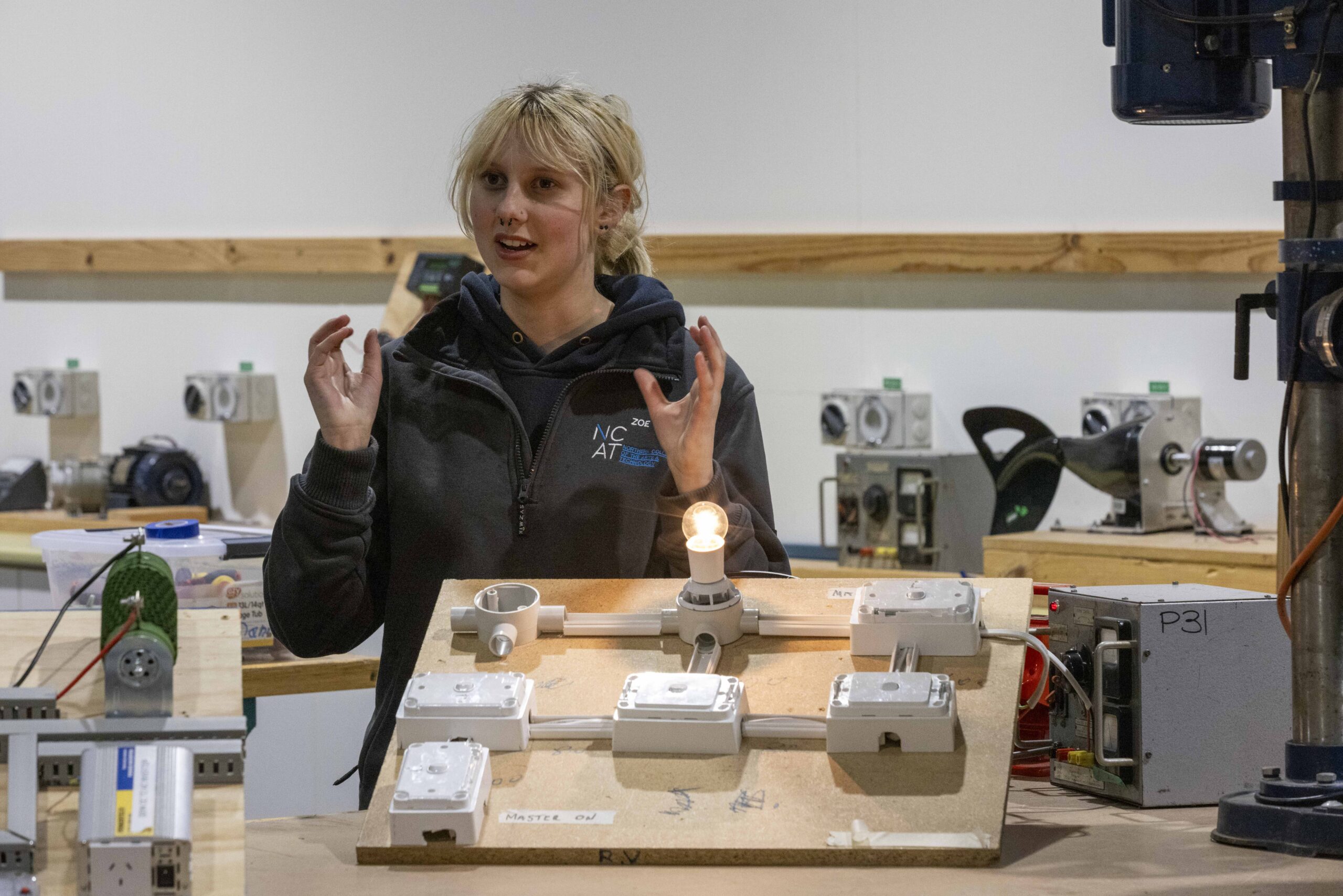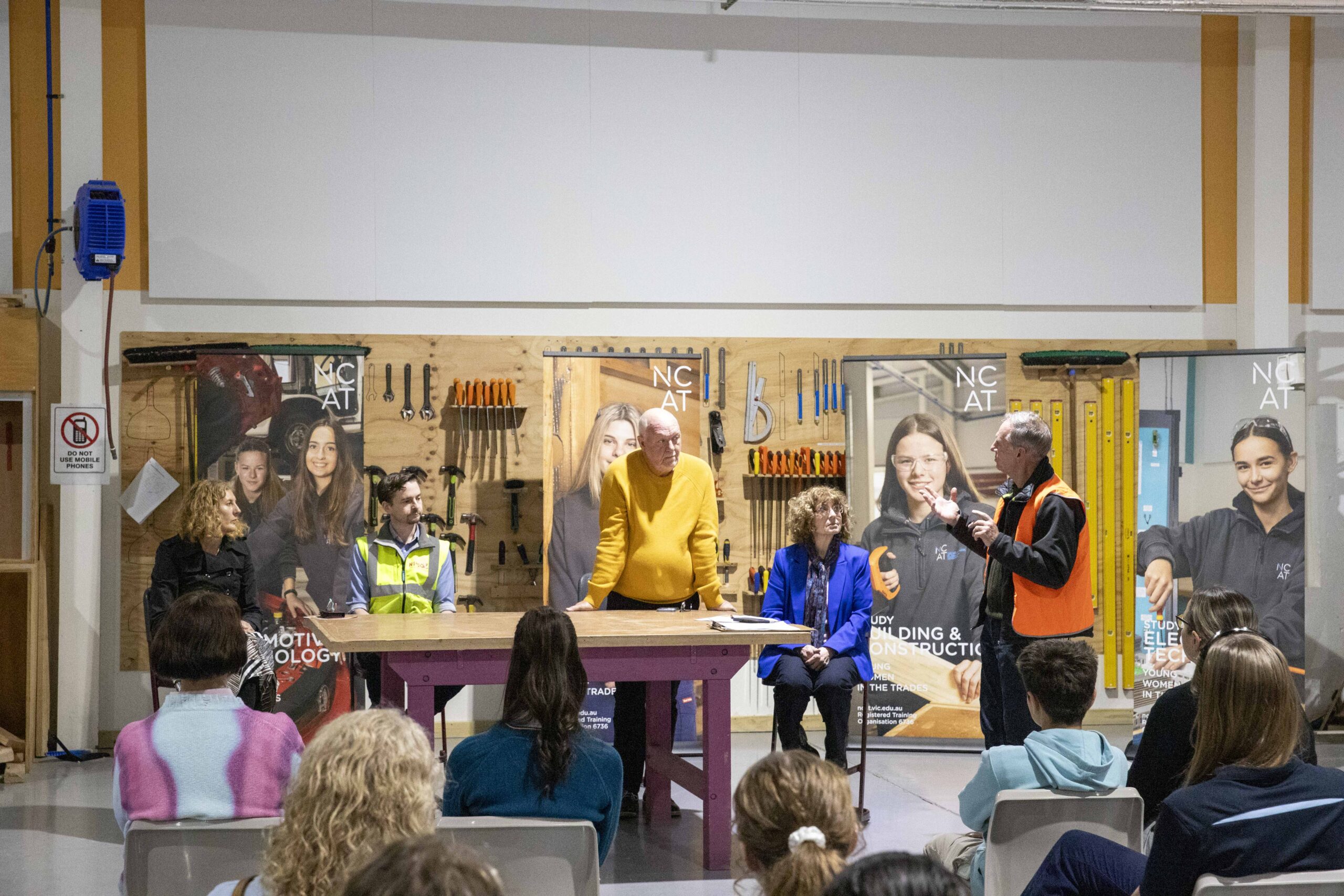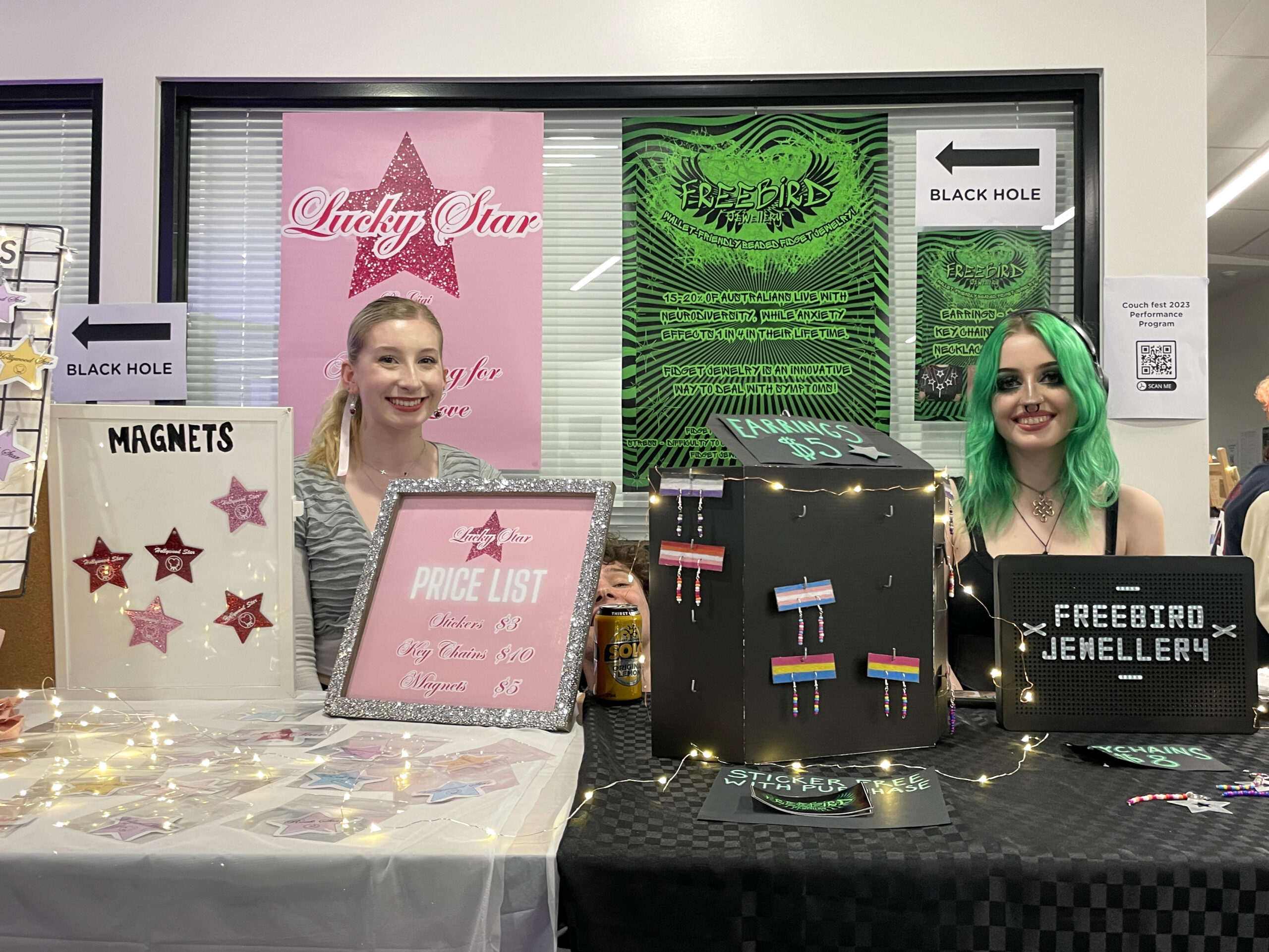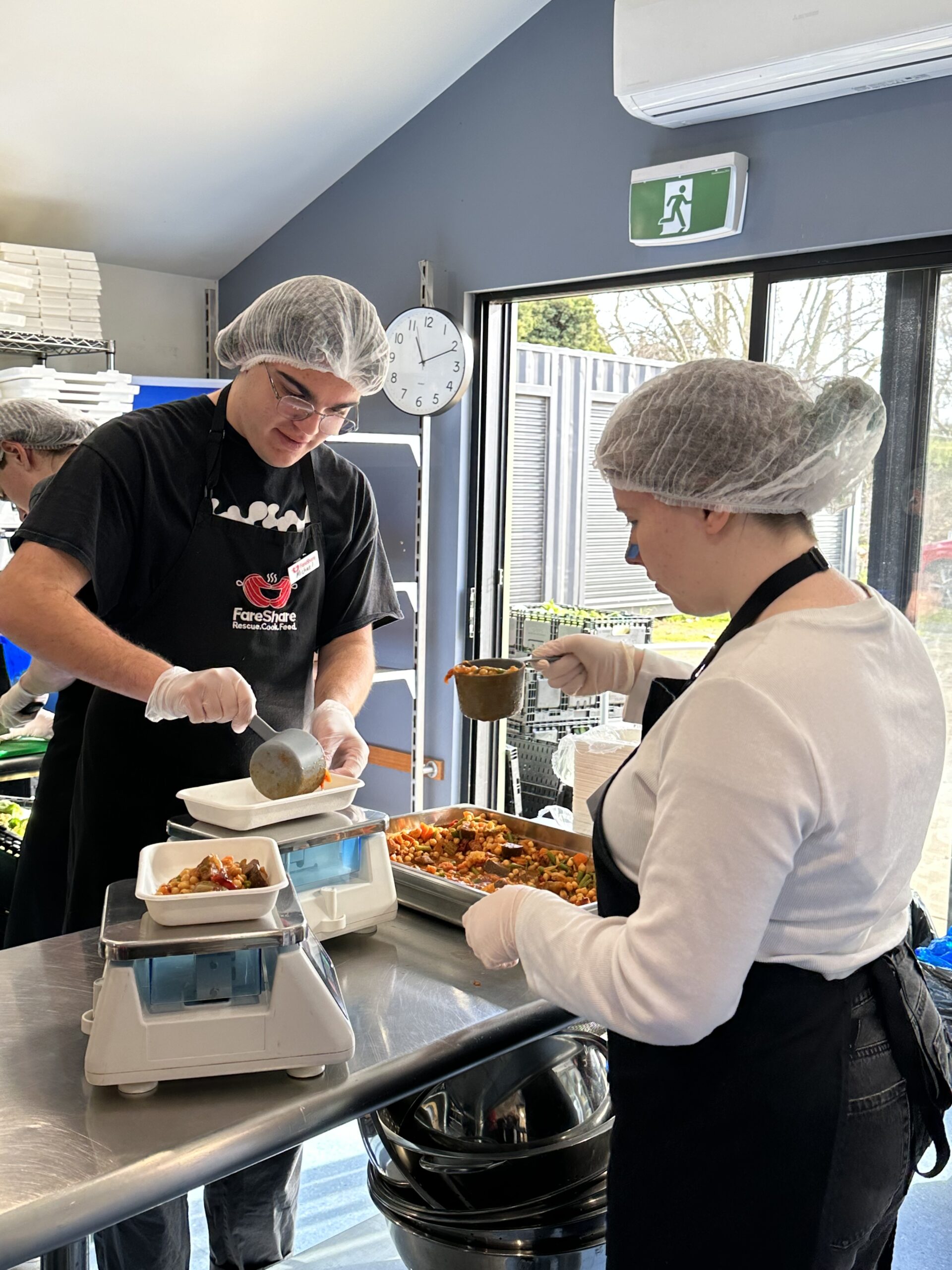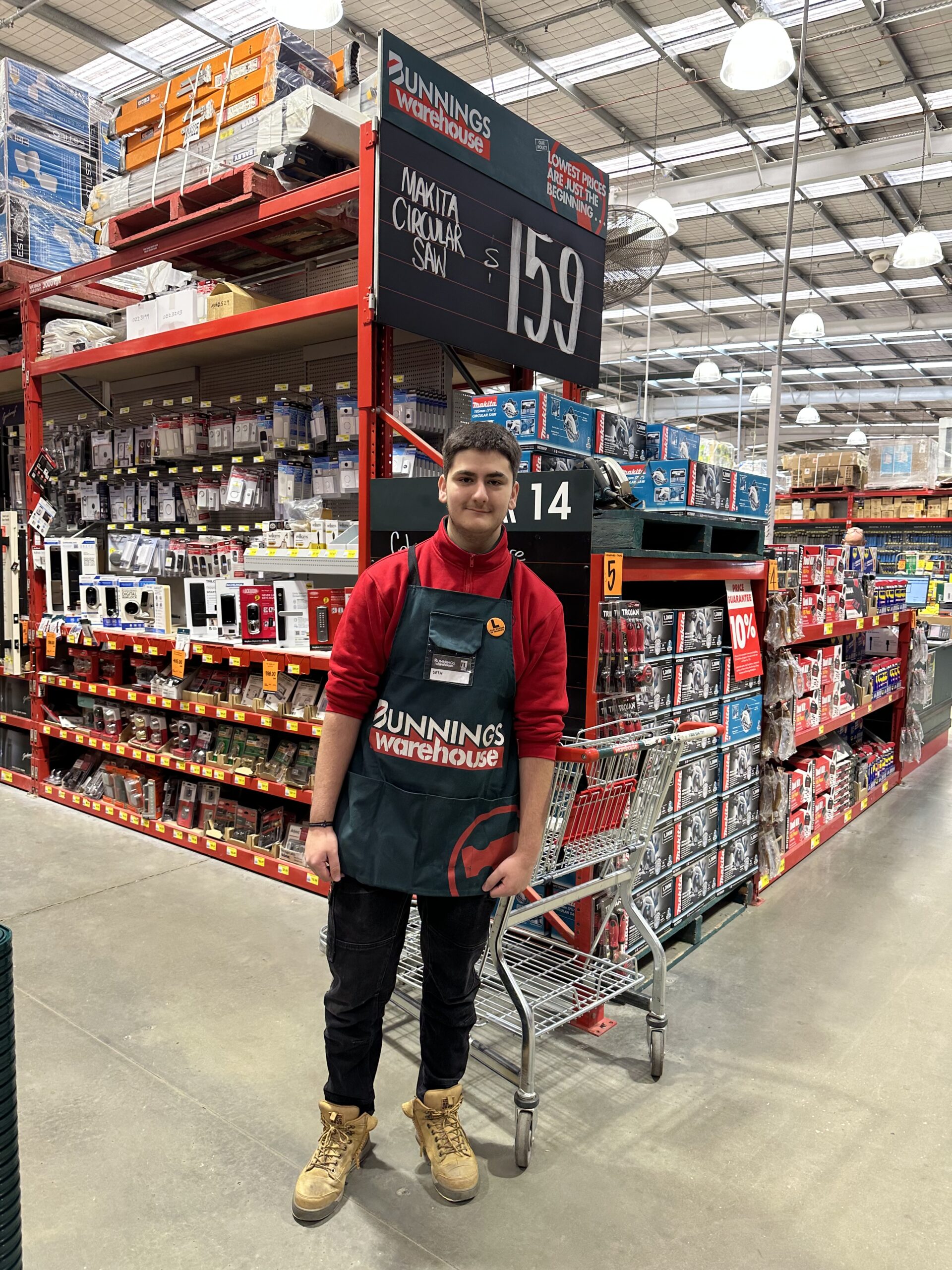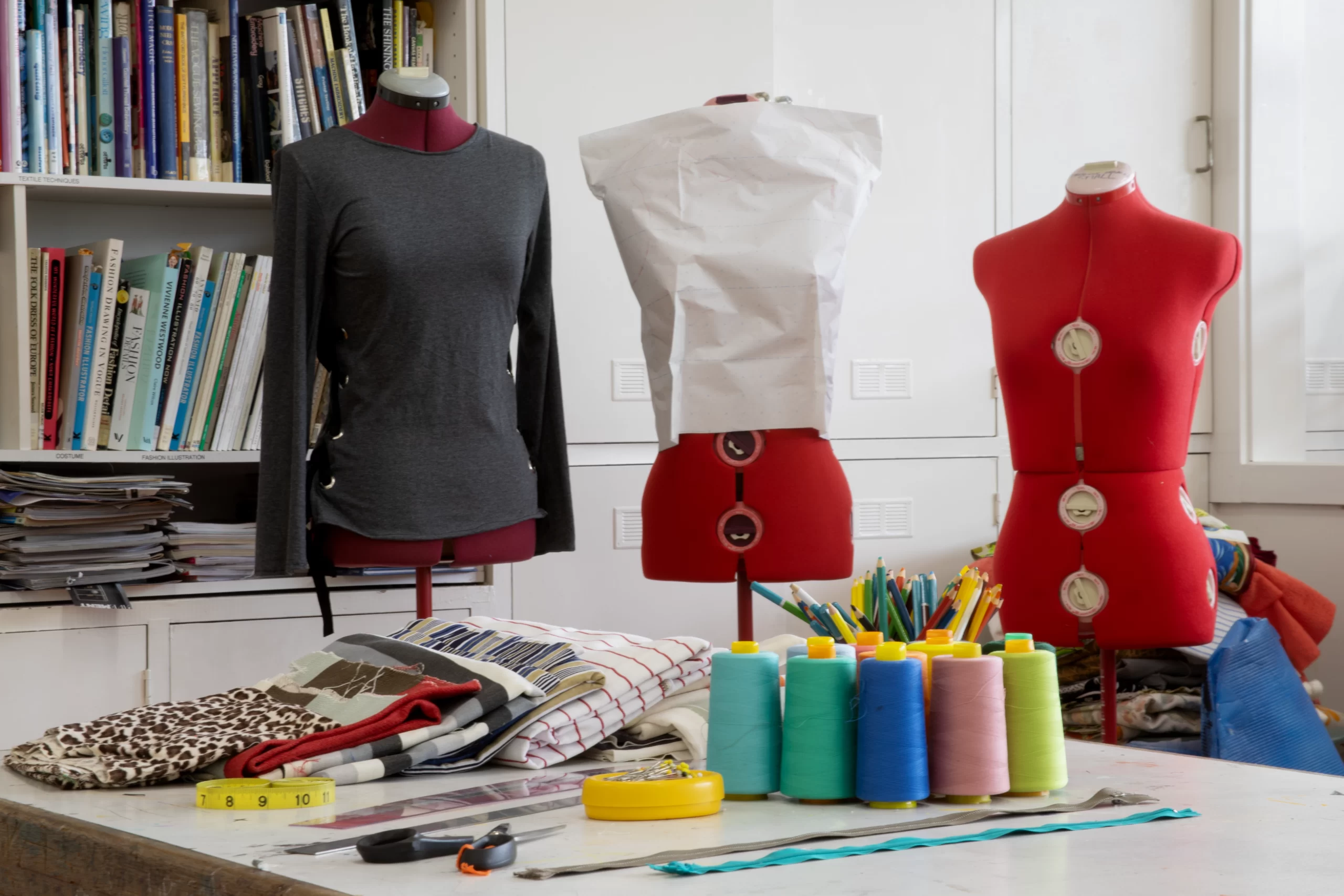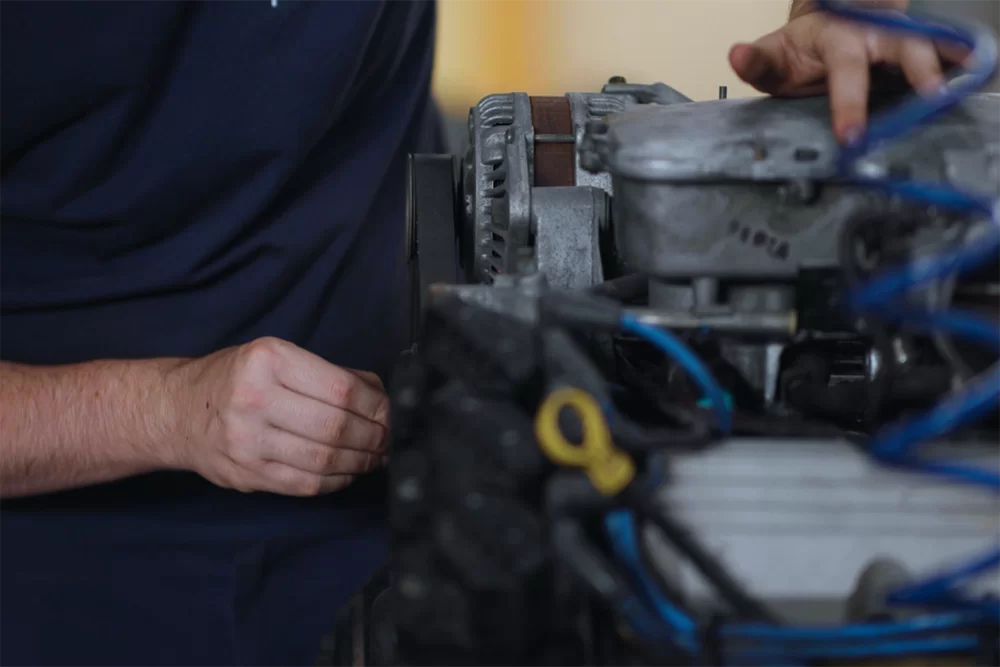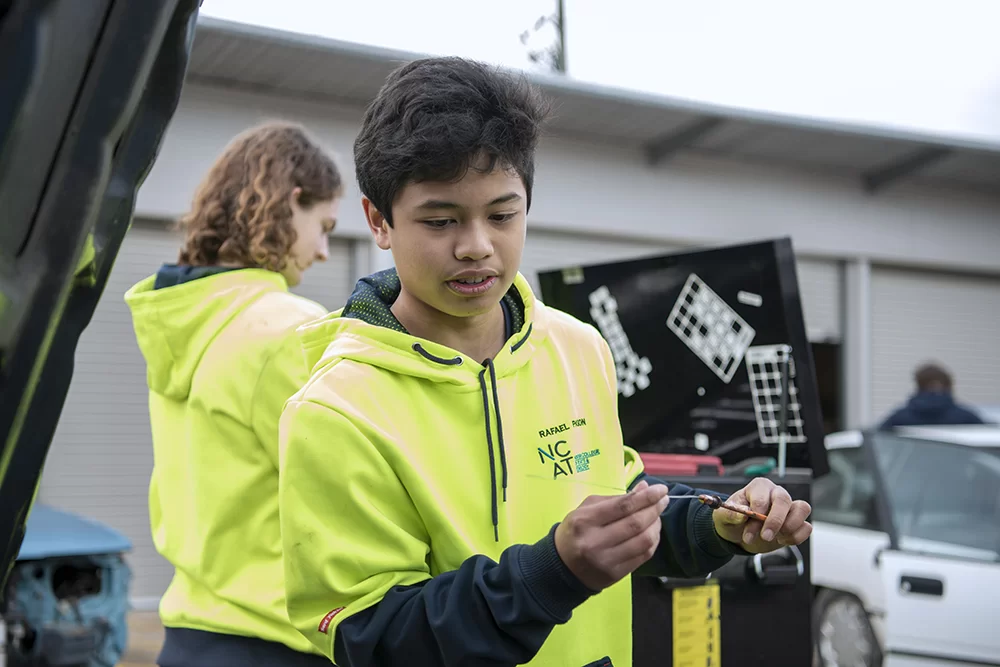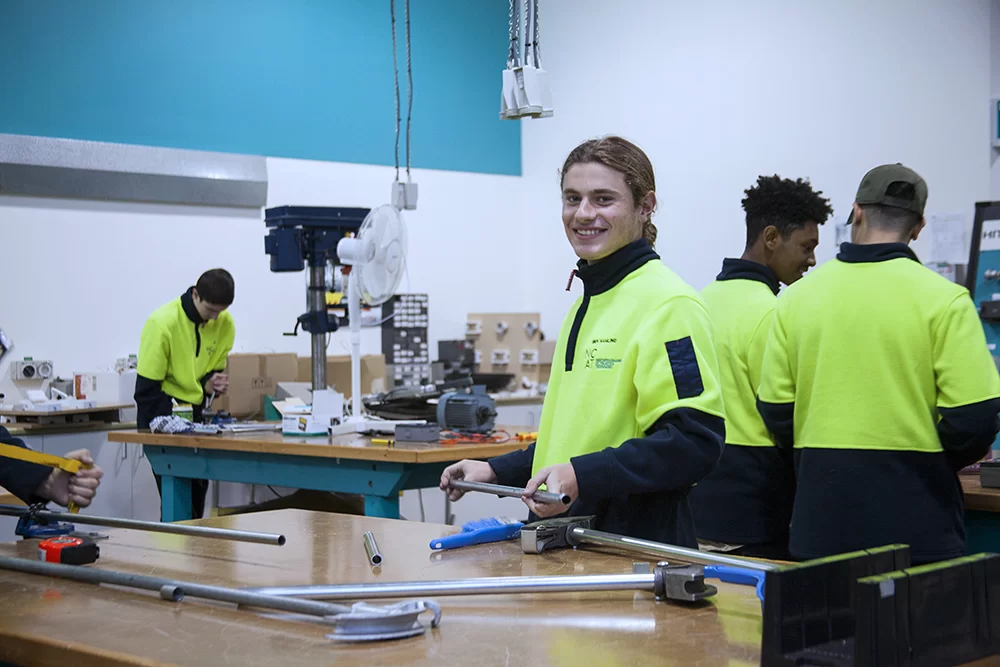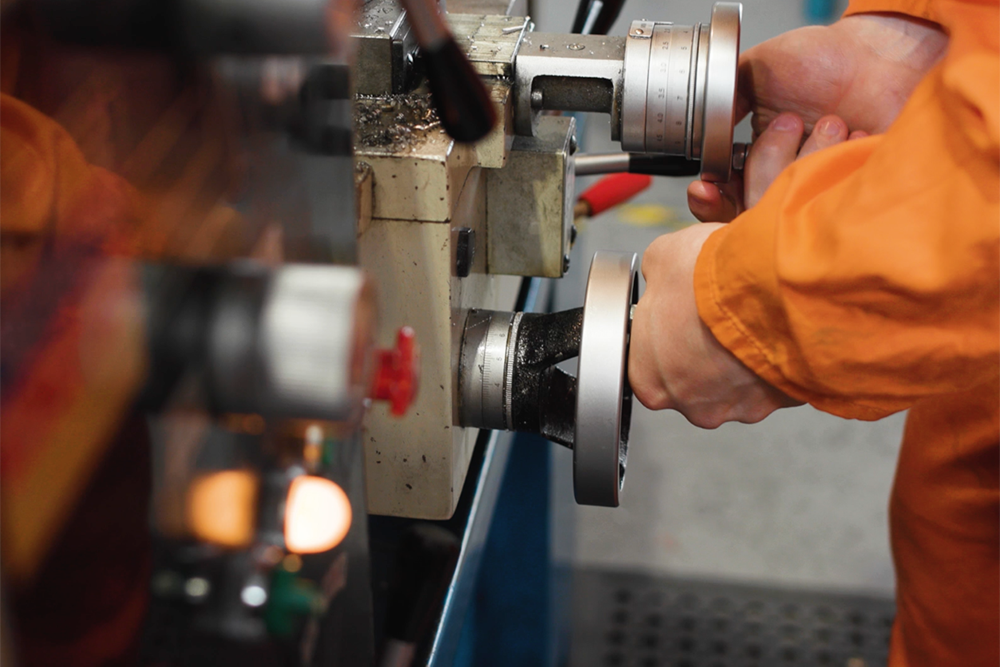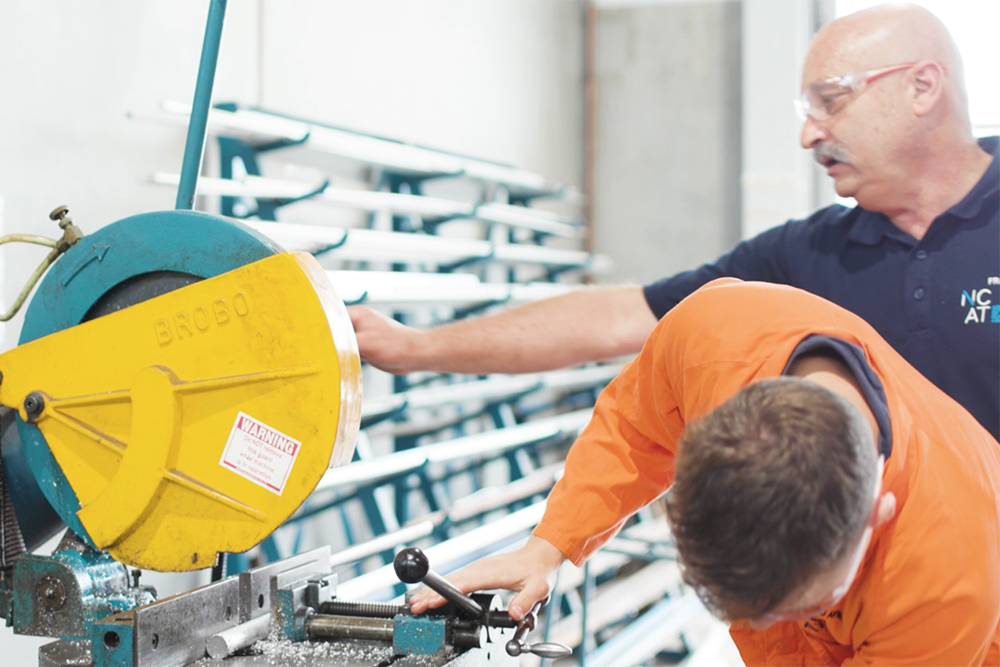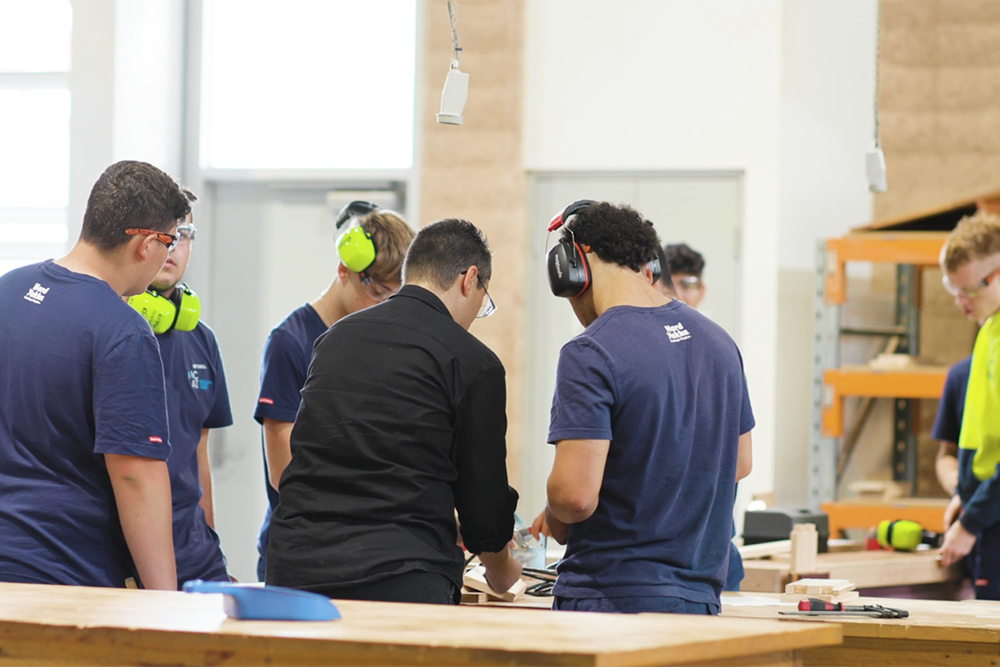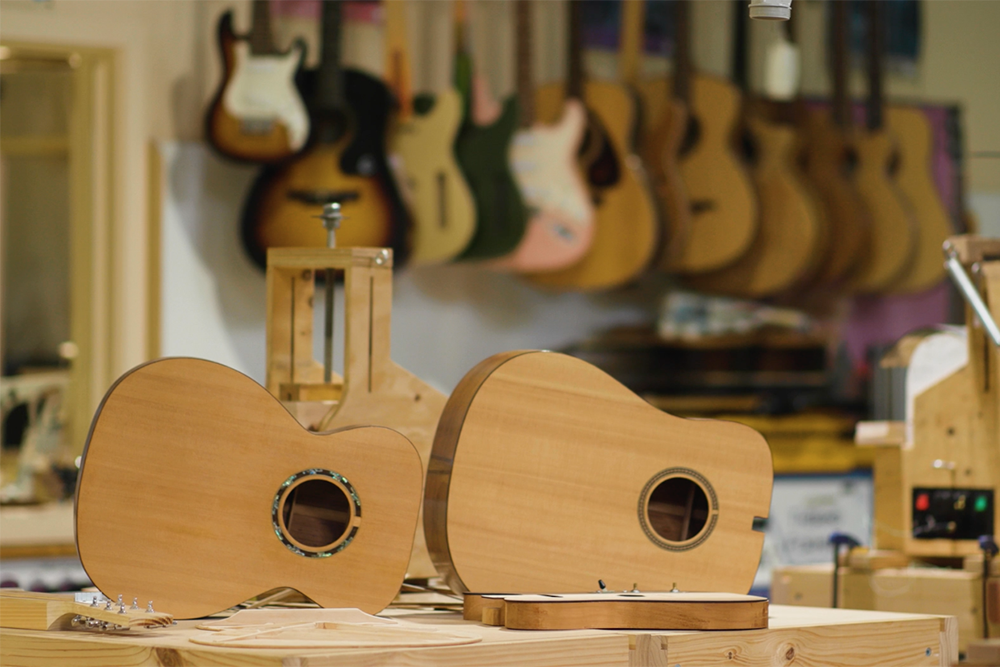This year’s Couch Fest was the biggest yet with over 1000 people in attendance. We were delighted to have the Backyard Jam area upgraded in time for Couch Fest. We spent over $120,000 installing a new roof, paving the area with bricks and installing new retaining walls in preparation for our annual Visual and Performing Arts Festival.
On the night the Backyard Jam stage looked magical with all new gel lighting and fairy lights which provided a great venue for the many student performances. We also had students performing in the auditorium and in the Recital Room which was suitably decked out as a Halloween themed venue.
The corridors were filled with Art Immersion students selling the wonderful products they developed over the year as part of their Creative Enterprise subject with some students selling out completely. Students sold almost $10,000 of art – a record – beating last year’s record of $6,000.
The VCE VM students ran a clothing swap, bookstore and cafe which again provided a great selection of toasties, sweets and coffees. We also had a new activity this year with Harrison Building and organising a high bar which people could pay to see how long they could hold on to it for. Congratulations to Alex, the Music staff, the Art Immersion staff and all the students and staff helping to make this such a wonderful event.








































